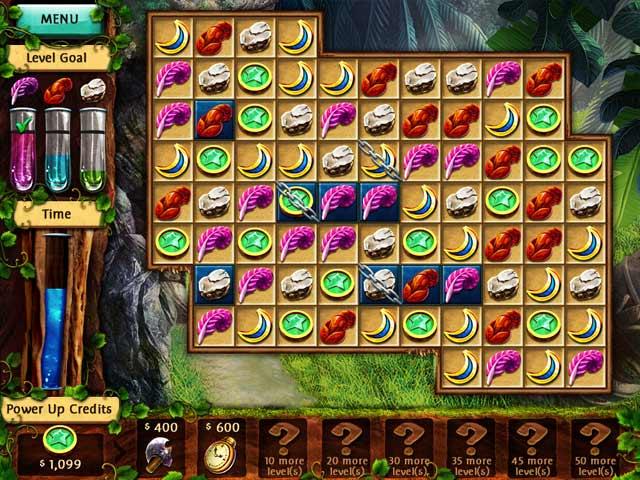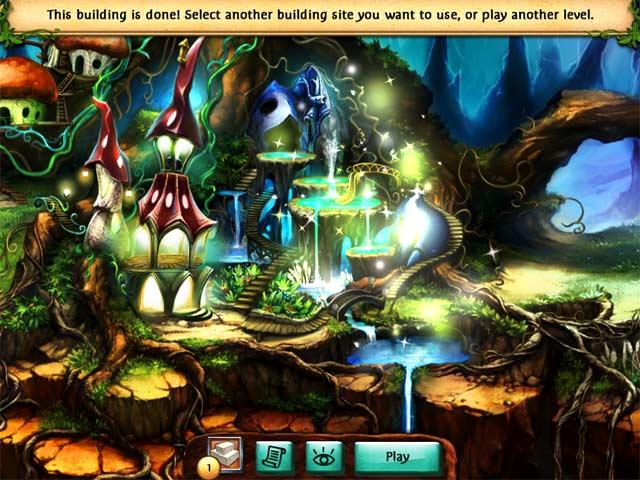- Wondering how to get Monopoly GO! free rolls? Well, you’ve come to the right place. In this guide, we provide you with a bunch of tips and tricks to get some free rolls for the hit new mobile game. We’ll …
Best Roblox Horror Games to Play Right Now – Updated Weekly
By Adele Wilson
Our Best Roblox Horror Games guide features the scariest and most creative experiences to play right now on the platform!The BEST Roblox Games of The Week – Games You Need To Play!
By Sho Roberts
Our feature shares our pick for the Best Roblox Games of the week! With our feature, we guarantee you'll find something new to play!All Grades in Type Soul – Each Race Explained
By Adele Wilson
Our All Grades in Type Soul guide lists every grade in the game for all races, including how to increase your grade quickly!
Jewel Legends: Tree of Life Review
The world of the Hods, a tree-dwelling forest species, is being threatened; their precious Tree of Life is dying, taking their home along with it. It will be up to you to complete Jewel Legends: Tree of Life’s 100 levels to rebuild the Hods’ world and restore their culture before it’s too late. Unfortunately, the game never really lives up to its promise or potential for depth.

Jewel Legends: Tree of Life has bright graphics, but dull gameplay
The world of the Hods, a tree-dwelling forest species, is being threatened; their precious Tree of Life is dying, taking their home along with it. It will be up to you to complete Jewel Legends: Tree of Life’s 100 levels to rebuild the Hods’ world and restore their culture before it’s too late. Unfortunately, the game never really lives up to its promise or potential for depth.
The levels of Jewel Legends play similarly to those of the classic Jewel Quest games, asking you to make matches of three or more like symbols to destroy those symbols from the board, while working to also eliminate all of the blue tiles from the board (by making matches on top of them). The expected limitations and obstacles from the genre are found here, as tiles may eventually come locked in chains, some tiles may require two or more matches on top of them before they’re actually destroyed and so on.
Whether playing on the game’s timed mode or the casual difficulty setting, there are some genuinely difficult levels in Jewel Legends: Tree of Life, due to the design of each level’s board, which can isolate certain symbols from being easily matched. This difficulty almost seems unintentional in spots, as the rest of the game is so straightforward and simple.
You earn money by playing each level, and can use that cash to purchase power-ups, like extra time in a level or the ability to destroy a single symbol that’s giving you trouble. Depending on your skill level with such games, these power-ups may be entirely useless due to the aforementioned simplicity. Still, when you run into one of the few level designs that do cause trouble, you’ll likely be happy that they’re there.

After completing each level, you earn a single piece of stone that can be used to help build one of ten structures within the Tree of Life. Each structure, when complete, gives back a vein of life to the tree, so you’ll need to complete all 100 levels and restore all 10 of these structures to actually complete your goal. That being said, these buildings (a drug store, fountain, farm, etc.) are almost entirely useless, with no customization options or really any incentive to actually build them along the way. You can simply play 10 levels at a time, build a structure, play a special level to unlock another building blueprint (with a different requirement – perhaps to collect a certain amount of a specific symbol) and continue on with the cycle. It’s incredibly disappointing that the gameplay isn’t more varied, as this setup in the match three genre is becoming quite stale.
That all being said, the graphics in Jewel Legends: Tree of Life are quite vibrant, and the random assortment of symbol types on each level keep these feeling a bit fresh. That is, one level may come with starfish, lobsters and rubies to mix and match, while the next may ask you to match coconuts, perfume bottles and envelopes. These symbols all function in the same way, but the variety is appreciated since the game is lacking almost entirely therein otherwise.

If you’re a diehard fan of the match-three genre, there’s nothing particularly wrong with Jewel Legends: Tree of Life, as the gameplay technically works and will give you a few hours of gameplay for your price of admission. There’s simply nothing here that’s extraordinary or truly unique to make the game stand out from the crowd of games that all contain these same basic elements. Hopefully, if future installments launch in the series, they’ll come with the complexity or depth that this one lacks.

The good

The bad
More articles...
Monopoly GO! Free Rolls – Links For Free Dice
By Glen Fox
Wondering how to get Monopoly GO! free rolls? Well, you’ve come to the right place. In this guide, we provide you with a bunch of tips and tricks to get some free rolls for the hit new mobile game. We’ll …Best Roblox Horror Games to Play Right Now – Updated Weekly
By Adele Wilson
Our Best Roblox Horror Games guide features the scariest and most creative experiences to play right now on the platform!The BEST Roblox Games of The Week – Games You Need To Play!
By Sho Roberts
Our feature shares our pick for the Best Roblox Games of the week! With our feature, we guarantee you'll find something new to play!All Grades in Type Soul – Each Race Explained
By Adele Wilson
Our All Grades in Type Soul guide lists every grade in the game for all races, including how to increase your grade quickly!







